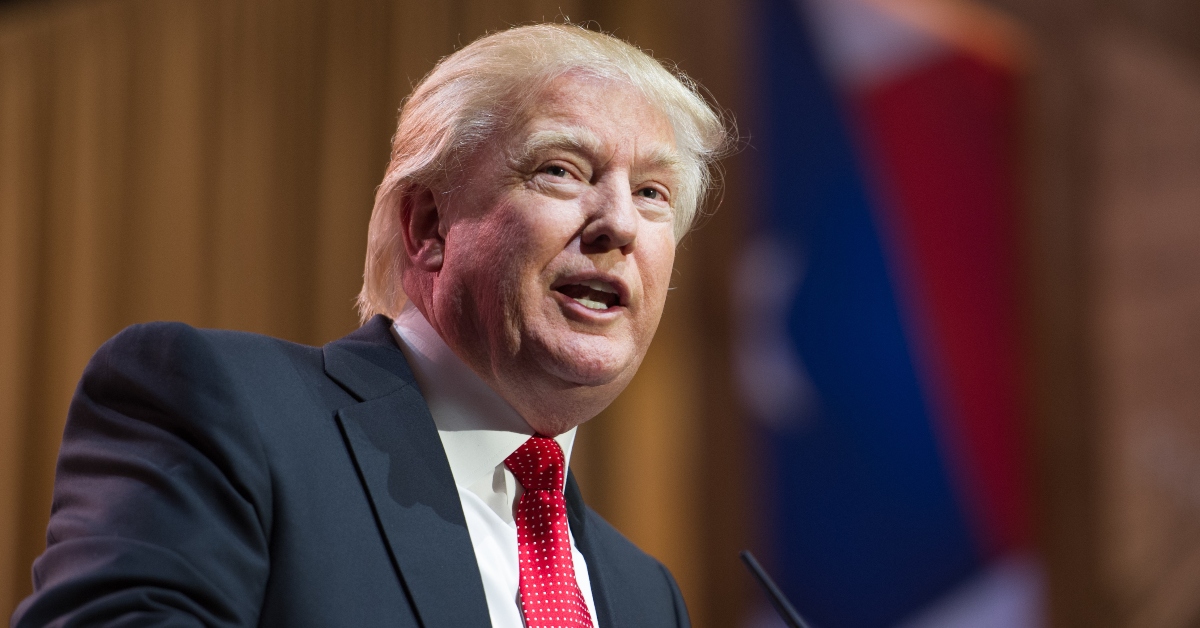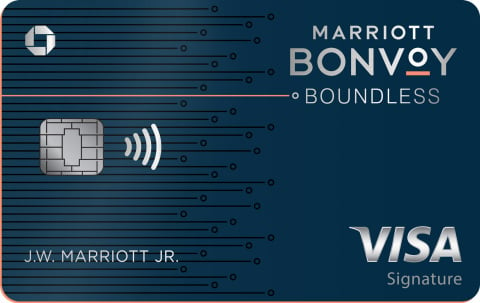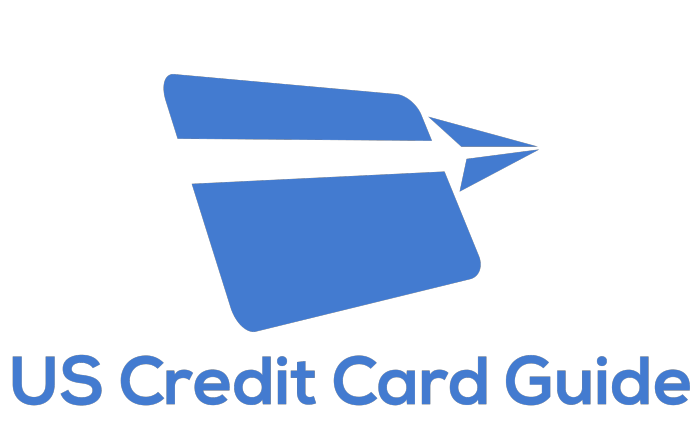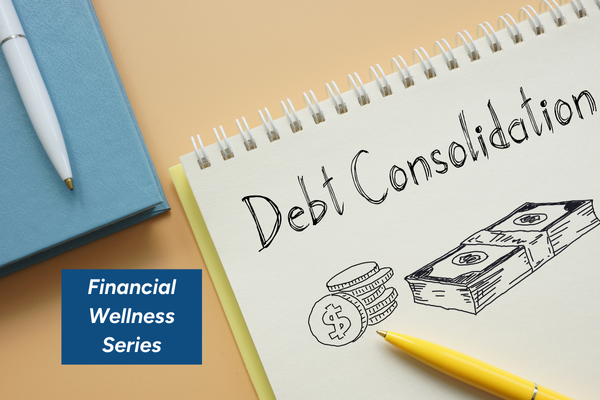
How it Impacts Your Student Loans
Now that President Trump has won the 2024 election, what changes to student loan forgiveness will he make? To see what he might do, we should start with what he's already attempted in his first term and make predictions for what he'll do in his second term.Trump’s first changes to student loan forgiveness began with the passing of the Tax Cuts and Jobs Act in December 2017.He also signed an executive order to suspend federal student loan interest and payments in March 2020, which was extended multiple times by both the Trump and Biden administrations.But Trump’s 2020 budget and 2021 budget proposed even bigger changes — including the consolidation of income-driven repayment plans and the elimination of Public Service Loan Forgiveness.
That said, Trump lost the 2020 presidential election, so many of his proposals were never put into action.But with his 2024 election victory along with a Republican Senate win too, student loans and forgiveness are back in the spotlight.This guide covers all the changes to student loan forgiveness Trump made, including his prior proposed changes and what we can expect with a Trump second term.Changes to student loan forgiveness under Trump's First Term The Trump administration passed its Tax Cuts and Jobs Act in 2017, which included two student loan-related changes.
Total Death and Disability Discharge Became Tax-Free When borrowers with federal student loans are permanently disabled, they can receive student loan forgiveness through the Total and Permanent Disability Discharge (TPD) program.Previously, forgiveness through this program was treated as taxable income.But the Tax Cuts and Jobs Act changed that.This is good news for disabled borrowers.
Imagine that you received $50,000 of forgiveness through TPD.Even if you were only in the 12% tax bracket, that would generate at least a $6,000 tax bill.Coughing up a chunk of change that large would be tough at any time, but especially when you aren’t able to work.This simply wasn’t fair, and it’s great that the rule has been changed.
It’s important to note, though, that the law isn’t retroactive.Only loans forgiven on or after Jan.1, 2018, qualify.Tuition and Fees Deduction Got Eliminated The Tax Cuts and Jobs Act eliminated the Tuition and Fees Deduction.
Before it expired, you could use this deduction for certain school expenses.Enrollment fees, tuition, course books and lab fees were examples of qualifying expenses.It’s a bit of a bummer that this deduction is no longer available.But several other popular student loan tax programs remain unchanged.
The American opportunity tax credit, Lifetime Learning Credit and student loan interest tax deduction (for now) are still available under the current tax code.What will happen to student loans with Trump's 2024 presidential election win? With President Trump's 2024 election victory, it's likely that he'll either: Pass an executive action to overturn President Biden's SAVE plan and replace it with a GOP-favored income-driven repayment plan, OR Choose to not appeal an unfavorable court ruling that strikes down the SAVE plan, which could come at any time now The House GOP has already put forth a new IDR plan proposal: the College Cost Reduction Act (CCRA).Here are some key highlights from the proposed CCRA IDR plan: It would have the same interest subsidy as SAVE, but it would also include principal subsidies if your IDR payment is less than two times the interest.There would be no time-based forgiveness.
The IDR payment calculation would revert back to 150% of the poverty line versus 225% with the SAVE plan.We don't know exactly what Trump has planned for student loans at this time, but it's safe to assume that he'd at least be tempted with making his own IDR plan.Trump’s previous student loan proposals (that could be repeated) We can take a look at where Trump stood on student loans before leaving office to get a general feel of where he might focus efforts in the future.If Trump's 2020 budget was approved the way he had proposed, it would have had drastic effects on the student loan landscape.
Collectively, we found that student loan changes that Trump favored could have cost borrowers at least a quarter of a trillion dollars over 10 years.Here are a few of the notable student loan proposals included in the White House 2020 budget that weren't ultimately adopted, but that could be brought back in his second term after the 2024 election.1.Create one consolidated income-driven repayment plan Currently, there are four income-driven repayment (IDR) plans.
Depending on the plan, you can receive student loan forgiveness after 20 to 25 years of payments.Trump’s plan was to consolidate all the plans into one.The rationale was that this would minimize confusion and make IDR easier to manage for the Department of Education.2.
Increase monthly IDR payments With current IDR plans, your payment will typically be 10% of your discretionary income.Trump’s proposal was to increase monthly payments to 12.5% of a borrower’s discretionary income.The CBO estimates that the current student loan subsidy for IDR plans is 43% using a fair-value approach.It also estimates the expected federal student loan issuance over the next 10 years will be about $1.05 trillion.
I compared the present value of different cash flow estimates with a higher required payment.My estimate is that the subsidy on IDR plans under a plan requiring 12.5% of income would be 28% using a fair-market value approach.That's in contrast to the higher subsidy rate of 43%, according to the CBO.53% of borrowers with Direct Loans are on an income driven plan as of March 2020, according to the Department of Education.
That means the Trump student loan plan would've increase costs to borrowers by: (Subsidy difference of 0.43 – 0.28) * ($1.05 trillion expected student loan issuance over 10 years) * (53% share of borrowers on IDR plans) = $83 billion over 10 years.3.Make IDR student loan forgiveness sooner for undergraduate loans Along with the consolidation of the four IDR plans into one, the student loan forgiveness Trump proposed would've happened sooner for undergraduate borrowers.Undergrads would be eligible to receive student loan forgiveness after 15 years.
This would speed up forgiveness by five years from current IDR plans.4.Make IDR student loan forgiveness later for graduate loans While undergrad loan forgiveness would speed up under Trump’s plan, grad loan forgiveness would've taken longer.Under Trump’s plan, graduate borrowers would've needed to make 30 years of payments before qualifying for forgiveness. That’s five years longer than current IDR plans for graduate loans.
There are more undergraduate borrowers compared with graduate borrowers.It's unclear exactly what the effect would've been on overall cost of changing the length of IDR forgiveness, but it would likely have cost borrowers money overall.5.Eliminate Public Service Loan Forgiveness In what was probably Trump’s most controversial proposal, he wanted to do away with the Public Service Loan Forgiveness (PSLF) program.
The Trump administration argued that PSLF is a mess and gives unfair preferential treatment to public service workers.It said offering 15-year forgiveness to all federal student loan borrowers is a better plan.In cutting this type of student loan forgiveness, a ton of overhead would potentially be eliminated, as the Department of Education would no longer have to deal with the headache of verifying employment data from PSLF applicants for 10 years.This repeal would not have affected borrowers currently eligible for Public Service Loan Forgiveness.
The PSLF program is explicitly listed as an option in your promissory note if you are an existing borrower.President Trump's plan would only have affected borrowers who have not yet taken out student loans.You cannot qualify for PSLF unless you work 10 years at a qualifying not-for-profit or government employer while making income driven payments.Approximately 25% of the work force works at a qualifying employer and 53% of borrowers pay their loans on an income driven plan.
By repealing PSLF, future borrowers could lose as much as (25% of workers eligible) * (53% share on an IDR plan ) * ($1.05 trillion in student loan issuance in the next 10 years) = $139 billion over 10 years.What Trump’s opponents say about his administration's desire to repeal PSLF Opponents to PSLF repeal (and there are many) say that PSLF is needed.They believe the program encourages qualified workers to choose public service professions.Trump is going to almost surely not be able to overturn PSLF. He’s tried before and failed.
Even if he’s able to get this proposal passed into law, it would only apply to future student loans.If you’ve already been accepted into the PSLF program and have been making qualifying payments, you would be able to finish the program even in President Trump's most anti-PSLF proposal he's ever made.Related: What to Do If You’re Worried About Trump Repealing PSLF 6.Eliminate subsidized student loans Currently, some federal student loans don’t accrue interest while borrowers are still in school.
To qualify for these subsidized federal student loans, borrowers must demonstrate financial need.If your family income is too high, you can take out an unsubsidized federal student loan.But Trump wants to do away with subsidized student loans altogether.According to the nonpartisan Congressional Budget Office, Stafford Subsidized loans have a 10.7 percent subsidy rate.
Out of $254 billion in issuance over 10 years, this would cost borrowers $27 billion over 10 years.Again, this is sure to be an unpopular proposal.It also will have a hard time passing both houses of Congress.What Trump Student Loan Forgiveness Proposals Could Look Like in a Second Term Believe it or not, House Republican proposals under the College Cost Reduction Act were far more generous than any previous Republican student loan proposal by far.
The new Republican IDR proposal would be more generous for many borrowers than the prior REPAYE IDR plan that existed before President Biden introduced the SAVE plan.In other words, as Republicans have moved away from a small government traditional conservative type of policy perspective, the more restrictive student loan forgiveness reforms Trump proposed in his first term might be very different in his second term.What to expect for student loans with Trump back in office The total projected cost to borrowers if former President Trump's student loan plans had become law would've been at least $249 billion.In order for any legislation to become law, the proposal must pass both the House and the Senate.
And in our polarized political environment, far-left or far-right bills have a difficult time making it through.Even if Republicans have total agreement on what to do on student loan forgiveness, Trump will not be able to sign any bills without a 60 vote majority in the Senate, which Republicans do not have.If you need guidance on the future of student loan forgiveness during a Trump administration, get a plan from our team of experts.
Publisher: Source link





